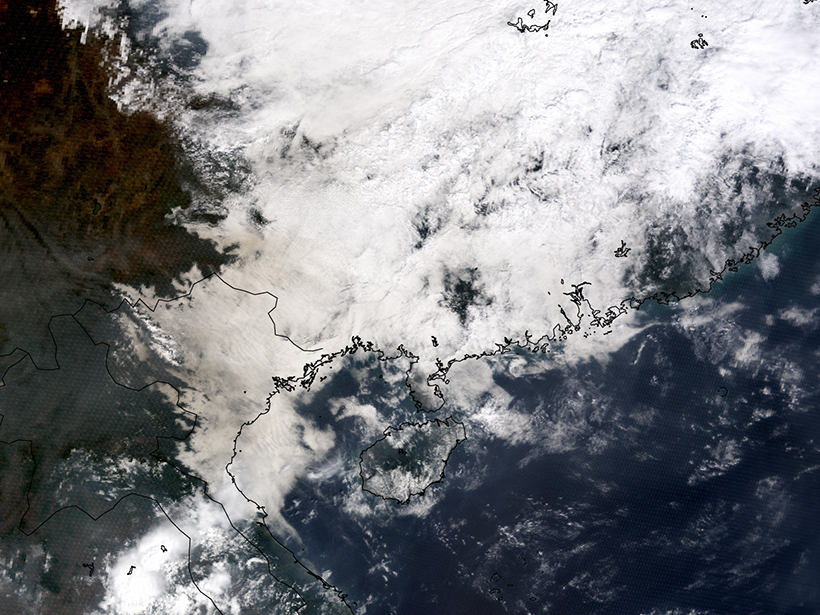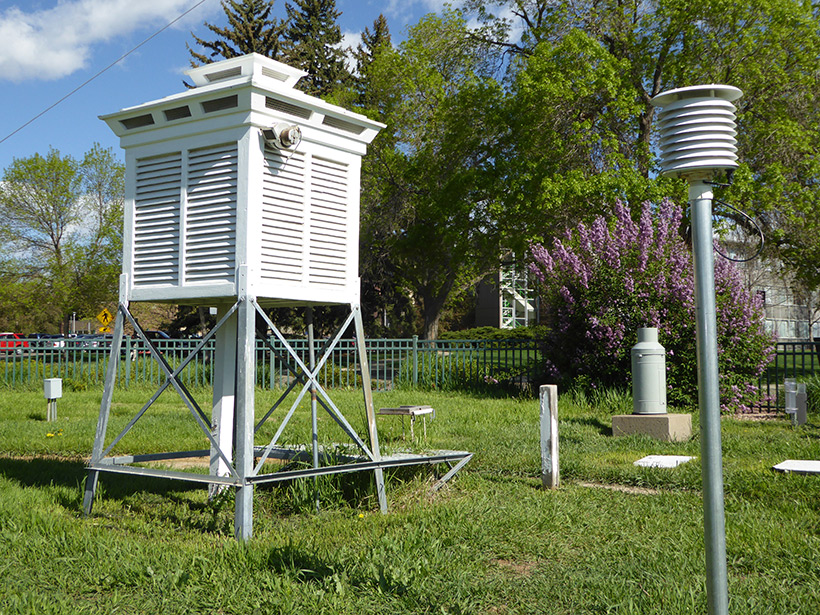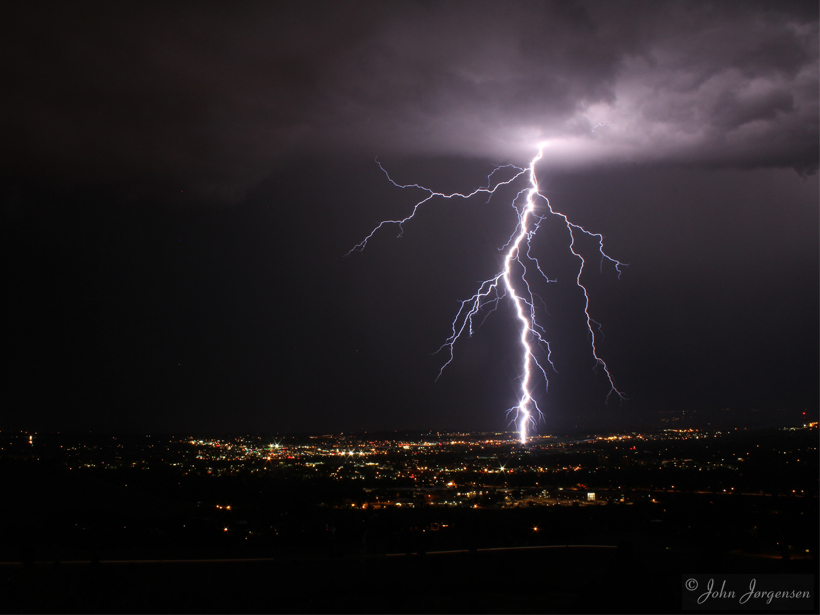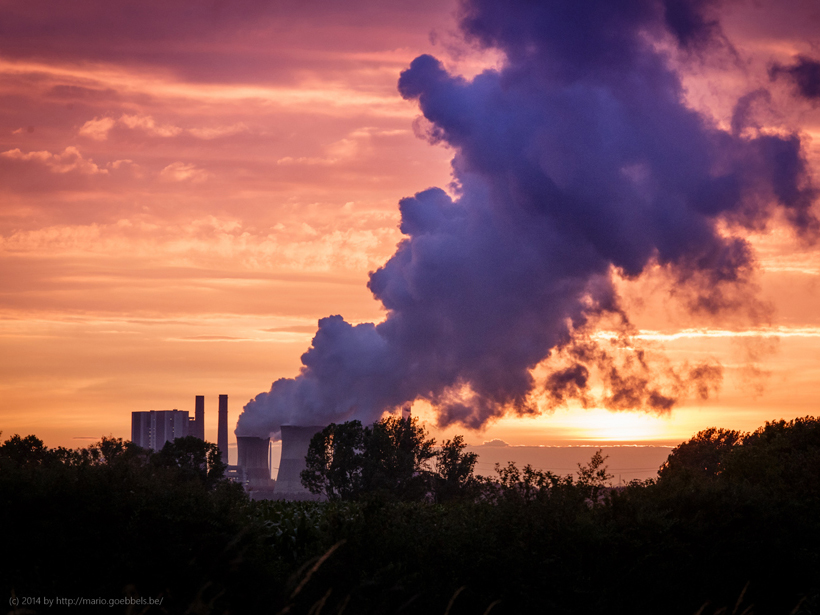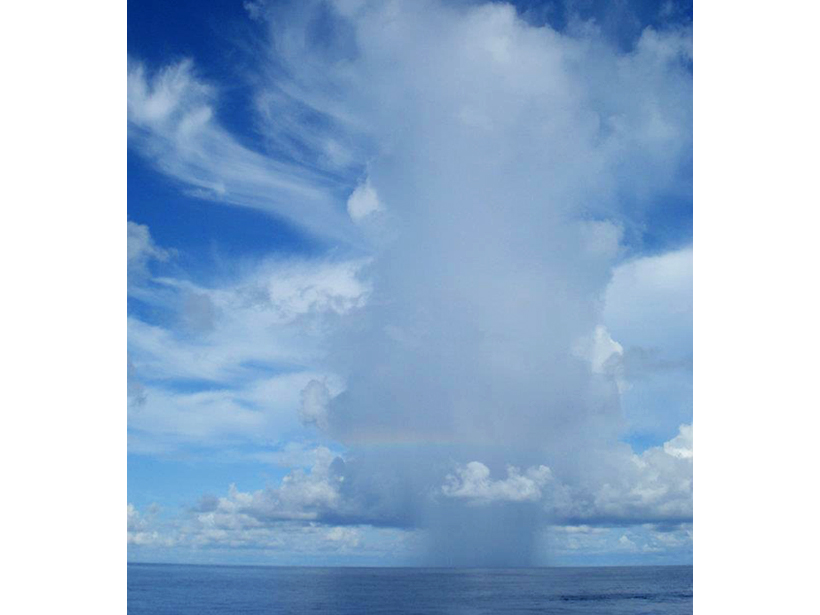First results of the Last Millennium Climate Reanalysis Project demonstrate the potential of the method to improve historical climate estimates by linking proxy data with climate models.
Journal of Geophysical Research: Atmospheres
Measuring Atmospheric Aerosols Despite the Clouds
Researchers devise ways for remote sensors to integrate aerosol content above clouds into current methods of measurement.
Chemical Boosts Ozone Production over Southern China
The presence of nitryl chloride in polluted urban air can enhance the production of ozone by up to 41%, according to a new modeling study constrained by ground-based measurements.
Toward a Reassessment of Daily Temperature Range Trends
To reduce the uncertainty associated with this important climate change index, recent studies have developed a new diurnal temperature range data set and compared the results to previous estimates.
Scientists Find Dead Lightning Branches That Come Back to Life
The detached bursts of brilliance might explain why the lowest point of a lightning bolt will sometimes suddenly brighten by up to 50% and double its speed as it hurtles to Earth.
Tropical Rainfall Intensifies While the Doldrums Narrow
Scientists show long-term changes in the Intertropical Convergence Zone's location, extent, and rainfall intensity.
Considering Atmospheric Electricity in Climate Models
Researchers create a new model of the electric currents circulating throughout the atmosphere that will improve the accuracy of global climate models.
The High Cost of Switching Power Sources
Researchers construct a world where nuclear energy everywhere is replaced with coal, with stark consequences for human health and the environment.
Radar Study Examines Pulsing Tropical Climate
In the Madden-Julian Oscillation, shear forces caused by air layers slipping and sliding near the equator play a critical role in forming enormous thunderstorms and monsoons.
Detecting Black Carbon in the Arctic Atmosphere
Measurements of light-absorbing carbon particles made during an Arctic research expedition could improve understanding of their effects on the Arctic climate.

